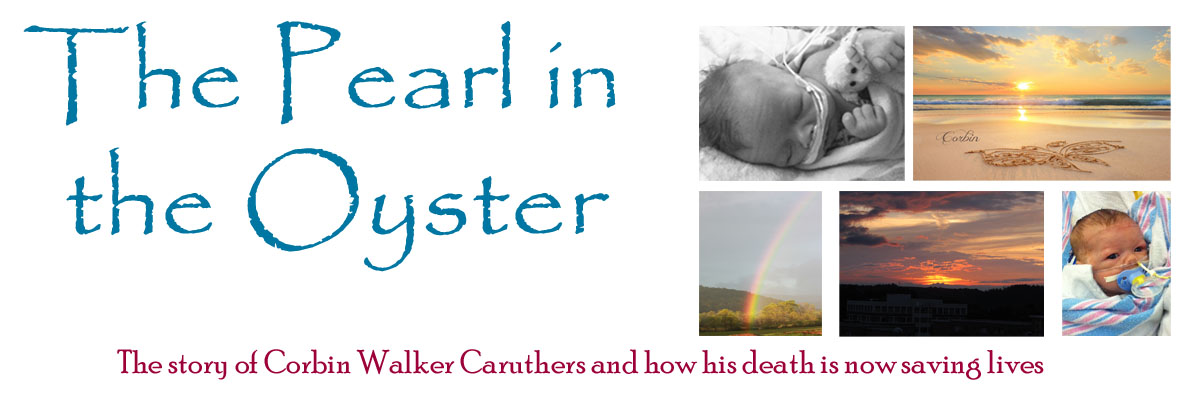On average,
people diagnosed with Mesothelioma are given 10 months to live.
That’s 300 days.
300 days to make
the most out of your time with your family. To see sites you’ve dreamed about
and to experience things that have
been gathering dust on your bucket list.
In honor of
Mesothelioma Awareness Day, I’m sharing the story of Heather and her fight
against this disease. In 2005, just
months after giving birth to her daughter Lily at age 36, Heather was diagnosed
with pleural mesothelioma (affecting the
lung’s lining in the chest cavity). She is believed to been exposed to asbestos
when she was a young child, almost 30 prior, when her father worked around
asbestos.
She was given just 15 months to live.
She and her
husband immediately went out to find the top specialist in mesothelioma cases,
and soon they found Dr. Sugarbaker, a
renowned surgeon in Boston’s Brigham and Women’s Hospital. Heather was put
through a ring of tests to see if she
qualified for surgery, and two days before Christmas in 2005, she underwent the
intense surgery to remove the lining of
her lung, her left lung, 6th rib, half of her diaphragm and the
lining of her heart. After recovering from surgery, a
couple months later she started chemotherapy. After a few months of chemo, she
then started radiation therapy and
underwent an astounding 30 sessions and finished just under a year after her
symptoms first appeared.
It has been 8
years since Heather’s diagnosis and she can happily say she is a survivor! She
continues with checkups every 6 months,
but thankfully has stayed cancer free! She has made it her mission to spread
awareness and help others going through
their own journey with mesothelioma.
You can watch more of her story here: http://www.mesothelioma.com/heather/
Mesothelioma is
an aggressive cancer that attacks the lining of the body cavity called the
mesothelium. The only known cause of
mesothelioma is exposure to asbestos. The terrifying fact about asbestos is
that “on average, 30 million pounds of asbestos are
still being used in the United States today. The substance can still be found
in many homes, schools, and commercial or
industrial buildings. The EPA estimates that there are asbestos containing
materials in most of the nation’s
approximately 107,000 primary and secondary schools and 733,000 public and
commercial buildings.”
Mesothelioma is
hard to diagnose because the symptoms can be mistaken for something else, or
are too subtle to accurately
diagnosis at first. Symptoms can take from 10-40 years to appear after
exposure; it is very important to talk to your doctor if
you know/believe you have been exposed to asbestos and to see a specialist.
While there is
no cure, treatments typically include surgery, chemotherapy and radiation
therapy. Surgery options are to remove the
tumor, or to remove the lung itself. Sadly, there is a high chance the tumor
will reappear after removal since it is very hard
to remove it entirely, without taking the lung, so usually surgery is
accompanied by radiation therapy.
Asbestos is STILL NOT BANNED in the US!
Symptoms
include:
·
Shortness of breathe, muscle weakness
·
Lower back pain, side chest pain
·
Coughing up blood
·
Weight loss, fever, fatigue, persistent cough
Facts:
·
Mesothelioma can sit dormant in the body for
20-50 years after exposure.
·
It is commonly diagnosed between the ages of 50
and 70.
·
You can be exposed second hand from a family
member who works in an asbestos affected workplace.
·
Asbestos remains the number one cause of
occupational cancer in the US.
·
NO amount of exposure to asbestos is save.
·
If you live in a
home built before the 70’s,
please have it
checked for asbestos!!
If you would
like to contribute your voice to this cause, please visit:
http://www.mesothelioma.com/heather/awareness/
to learn how.









